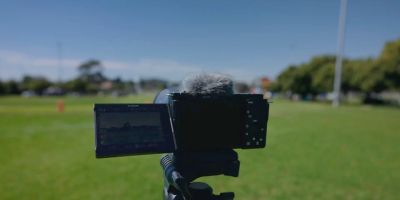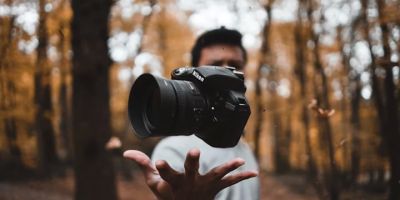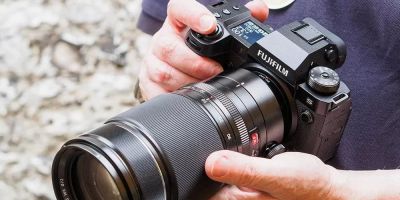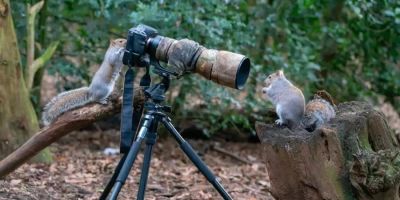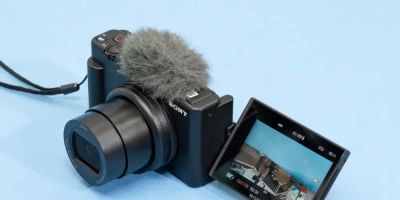How to Photograph Street Scenes Creatively: Tips and Techniques
As an avid photographer, one of my favorite types of photography is street photography. It offers a unique blend of creativity, storytelling, and spontaneity. Over the years, I’ve learned that capturing the essence of street scenes isn’t just about snapping a picture of people walking by or traffic moving through an intersection. It’s about seeing the world differently and telling a compelling story through your lens. In this article, I’ll share the tips and techniques that have helped me photograph street scenes creatively and how you can apply them to your own photography.
1. Understanding the Soul of Street Photography
When I first started taking street photos, I often thought it was just about catching the right moment. But over time, I came to realize that street photography is more about capturing the atmosphere of a place. It’s about showing the pulse of a city and its people. Every street scene holds a unique narrative—whether it’s a quiet moment in a bustling city or a chaotic intersection full of life. To photograph creatively, you need to tune in to the energy of the scene and capture it in a way that tells a story.
One thing that’s essential to remember is that street photography doesn’t need to always feature people. It could be a quiet alley with dramatic lighting or a street vendor selling fresh fruit. The key is to focus on how elements like light, shadow, lines, and movement contribute to the overall composition and mood of the scene. My best shots often come when I’m not chasing the perfect portrait but rather trying to understand the environment in front of me and letting my camera explore it.
2. Choosing the Right Gear for Street Photography
The gear you use can significantly impact the way you approach street photography. When I started, I used a large DSLR with an array of lenses, but I quickly learned that street photography requires mobility and discretion. The larger the camera, the more attention it draws. This is where smaller, more discreet cameras come into play. I now primarily use a mirrorless camera with a prime lens, which allows me to blend into the surroundings and move quickly without sacrificing image quality.
The lens you choose is equally important. For street photography, I recommend using a wide-angle lens (24mm or 35mm) or a standard lens (50mm). These lenses allow you to capture more of the scene without distorting the composition. A wide-angle lens is especially helpful for showcasing environments or architecture, while a 50mm lens can help you focus on details and people without getting too close.
3. Framing and Composition: Finding the Perfect Angle
Composition is everything in street photography. I’ve often found that the best shots come from simply taking a step back and thinking about how the elements of the scene are arranged. Look for symmetry, leading lines, or natural frames like doorways or windows to guide the viewer’s eye. One of my favorite tricks is to photograph through objects—whether it’s through a window, a reflective surface, or between two people in a crowd. This creates a sense of depth and intrigue that makes the image feel more dynamic.
Additionally, pay attention to how the light plays on the scene. Street photography often involves shooting in natural light, which can vary depending on the time of day and the weather. Early mornings or late afternoons offer the best lighting for creating dramatic shadows and highlighting details. If you’re shooting in harsh midday sun, consider looking for scenes with interesting reflections or shaded areas to avoid overexposure.
4. Capturing Motion and Energy in the Streets
One of the most exciting aspects of street photography is capturing motion. I love freezing moments that convey the speed and energy of urban life. You can do this by adjusting your shutter speed. A fast shutter speed (1/500s or higher) is perfect for freezing fast-moving subjects, such as cars or pedestrians. On the other hand, experimenting with slower shutter speeds (around 1/60s) can create beautiful motion blur, giving the image a sense of dynamism. For example, capturing a cyclist in motion can create a sense of speed and energy, with the blur of their movement juxtaposed against the stillness of the surrounding environment.
Another technique I often use is panning, which involves following a moving subject with the camera while using a slower shutter speed. This creates a sharp subject with a blurred background, emphasizing the sense of motion. It takes some practice to master, but the results can be stunning, especially in a busy city like Los Angeles where there’s constant movement.
5. Waiting for the Right Moment: Patience in Street Photography
Street photography is all about timing. Some of my best shots have come from simply waiting for the right moment. I’ve often found that the most interesting photographs happen when something unexpected enters the frame, whether it’s a person making an interesting gesture, a child running through the streets, or the moment when the light changes. The key to capturing these moments is patience. I’ve spent hours walking through the streets of Los Angeles, just observing, waiting for the right combination of elements to come together.
When you’re out on the streets, take your time and be open to what the world is offering you. If you’re walking around with your camera always ready, you’ll start to notice more details and moments that others might miss. The magic of street photography lies in being present in the moment and capturing what’s right in front of you. It’s all about letting the scene unfold naturally while you position yourself to capture it.
6. Embracing the Unexpected: Street Photography’s Unpredictability
One of the things I love most about street photography is its unpredictability. Unlike staged portraits or controlled environments, street scenes are constantly changing, and you never quite know what you’re going to get. This is especially true in cities like Los Angeles, where the diversity of people, cultures, and neighborhoods offers a rich tapestry of stories. The unexpected is often the best part of street photography—it’s the unplanned moments that turn an ordinary shot into something extraordinary.
During one of my outings in LA, I was photographing the hustle and bustle of a downtown intersection when a street performer dressed in a colorful costume happened to step into my frame. It was a perfect moment of serendipity that added a burst of energy and humor to my shot. These kinds of moments are what make street photography so exciting, and they remind me why I love this genre so much.
7. Post-Processing: Enhancing the Story
While capturing the perfect street scene is important, post-processing is just as crucial for enhancing the final image. I always shoot in RAW format to preserve as much detail as possible, giving me the flexibility to adjust exposure, contrast, and color balance in post-processing. Street photos often benefit from slight adjustments to make them pop—whether it’s increasing the shadows to bring out hidden details or enhancing the vibrancy of a colorful street scene.
However, it’s important to keep the editing process subtle. The goal of street photography is to capture the raw essence of a scene, so I avoid overly stylized edits that stray too far from reality. I typically focus on bringing out the mood and emotions of the moment while maintaining a natural look.
Conclusion
Street photography is a rewarding and creative way to explore the world around you. By using the right techniques and being mindful of your surroundings, you can capture compelling images that tell unique stories about the streets and people of your city. Whether it’s focusing on composition, capturing motion, or simply waiting for the right moment, the key to creative street photography is staying present and being open to the unexpected. So, grab your camera, head out onto the streets, and start experimenting with your own creative vision!
If you're looking for expert advice or tips on how to improve your photography, I highly recommend visiting Photo Studio for more resources and guidance.

